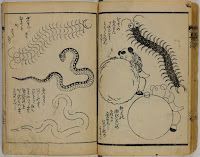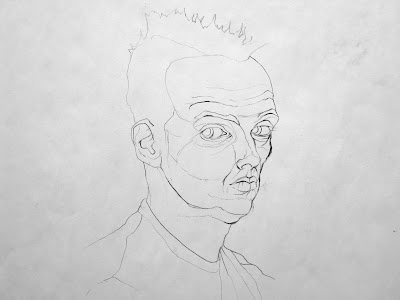Hokusai: How To Draw | Vol. 1
Among Hokusai’s illustrated books, his painting and brush-drawing manuals most clearly express his desire to disseminate his methods to a wide audience. Ryakuga hayaoshie (Quick lessons in simplified drawing) followed a half-century of Japanese-published manuals inspired by Chinese models that presented techniques for creating paintings by building forms from simple brushstrokes. Painting manuals were especially popular among amateur artists who wished to study the Chinese-inspired styles of contemporary Nanga artists, ranging from the detailed, traditional works of Chinese immigrant painters in Nagasaki to the individualistic interpretations of Japanese painters, such as Ike Taiga (1723–1776) (Hillier 1980, p. 139). Hillier suggests Hokusai might have seen such Dutch publications as Van de Passe’s The Light of Painting and Drawing of 1643 or Groot Schilerboek (Comprehensive painter’s book) of 1707, both published in Amsterdam. However, a Japanese book like Kōmō Zatsuwa, a miscellany of Western matters published in Edo in 1787, was probably more accessible to the artist (Hillier 1980, p. 141).
The three volumes of Ryakuga hayaoshie often show a finished image beside a simplified version of the same subject that is expressed as a series of geometric forms, circles drawn with a compass, or a few cursive characters written in the simple hiragana phonetic script. Calligraphic lines are especially effective for creating simplified but flowing outlines of costumes in figure compositions. [source]















%20-drawing_detail1494.jpg)
Comments